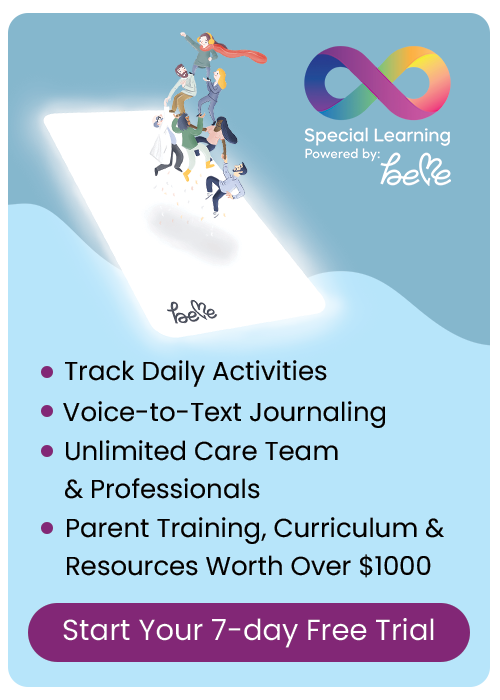Blog Categories
- ADHD
- Applied Behavior Analysis
- Autism Awareness
- Autism Service Providers
- Case Studies
- Dignosis
- Classroom Management
- Credentials
- Ethics
- Family Matters
- FAQs About LIVE Events
- Financial Planning
- Holiday Planning
- IEP's
- Panelists
- Private Equity in Autism & ABA Industry
- Psychopharmacology
- Sensory Processing Disorder
- Speech and Communication
- Subject Matter Experts
- Summer Planning
- Transition Planning
A Sticky Situation: Masturbation Part 2
While attending UD she worked as an ABA therapist on a home team. She then went on to earn her Master’s Degree in Social Work from Case Western Reserve University with a focus in Children, Youth, and Families.
Throughout her academic and professional career she has focused in the areas of adoption, domestic violence, teen crisis intervention, and autism. She joined Step By Step Academy in January 2010 and is excited about being able to combine her interests of Social Work and autism. She is currently working on various projects about autism and puberty, in which she hopes to make parents more comfortable about addressing these needs with their children. Additionally she is working with various consumers doing individual and group counseling sessions with focus on gaining social skills and being able to identify and appropriately manage feelings and emotions.
A Sticky Situation: Masturbation Part 2
Once a parent is able to discuss masturbation with their child and set up an appropriate schedule that works for them, it is important to make sure that the child understands where and when masturbation can happen. Because masturbation is a pleasurable act that relieves frustration and tension, people with autism may not understand that it is a private act. It is important to set up a system to determine what places and times it is appropriate to engage in this act.
It is important to establish rules and boundaries early, especially if you believe that your child would engage in masturbatory behaviors frequently and in inappropriate places. Being able to use a visual schedule that shows not only appropriate times but places is a way to establish an effective system. Additionally, many people with autism do well with social stories that outline scenarios that they are able to follow.
When working with a child on the spectrum that may inappropriately engage in masturbatory behaviors, there are a few steps to help make the process more effective:
1. Use reinforcement for not doing it: if the person follows their schedule and doesn’t engage in behaviors during periods of time or places that would be inappropriate, positively reinforce them
2. Start with small steps: when going on a shopping trip, take them into the store for one or two items and build upon the amount of time that they are able to be in public without engaging in behaviors
3. Set consequences for behaviors: if they engage in behaviors, throw temper tantrums, or act inappropriate, set consequences for these actions. Explain why their behavior was wrong and as a result they will be punished or lose a privilege. It is important that they learn to be accountable for their actions, if they have the capacity to understand this.
4. Take advantage of teachable moments: use examples of relationships, other’s behaviors, books, television, and things they enjoy to understand other’s behaviors and consequences, both positive and negative.
Remember that this is a long-term process and that every child will display different signs and engage in different behaviors. It is important to remember that the biggest concern is the safety of the child and establishing goals that are feasible to meet.
RECOMMENDED PRODUCTS
Historia Social “Pedir un descanso” Plan de Estudios
ADHD Literature Review Webinar: Treatment of Attention-Deficit/Hyperactivity Disorder: Overview of the Evidence (RECORDED)
Strategies to Increase Beginner Classroom Participation Skills: Decreasing Problem Behavior with an FBA Part 1: How to Begin






